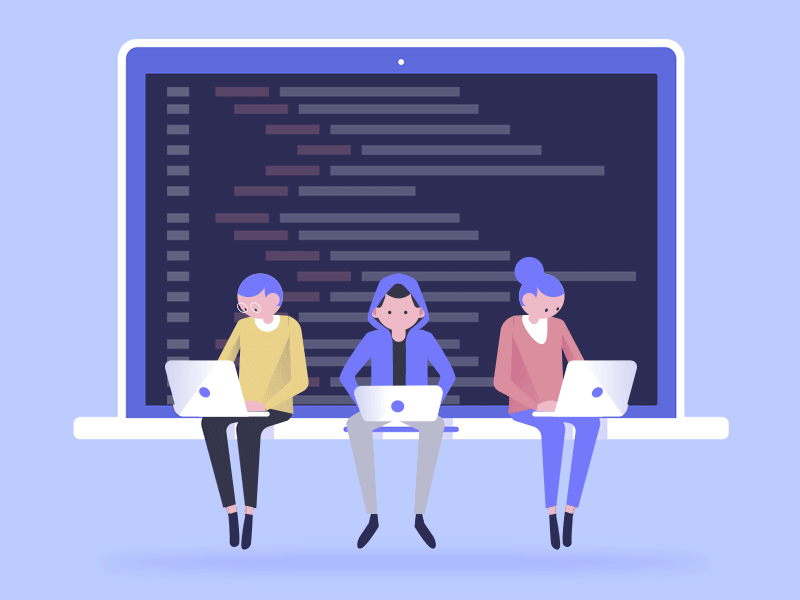Do you want to work with computers but can't figure out the difference between coding and programming?
Knowing how they're different from one anotherwill help you decide which career path to take.
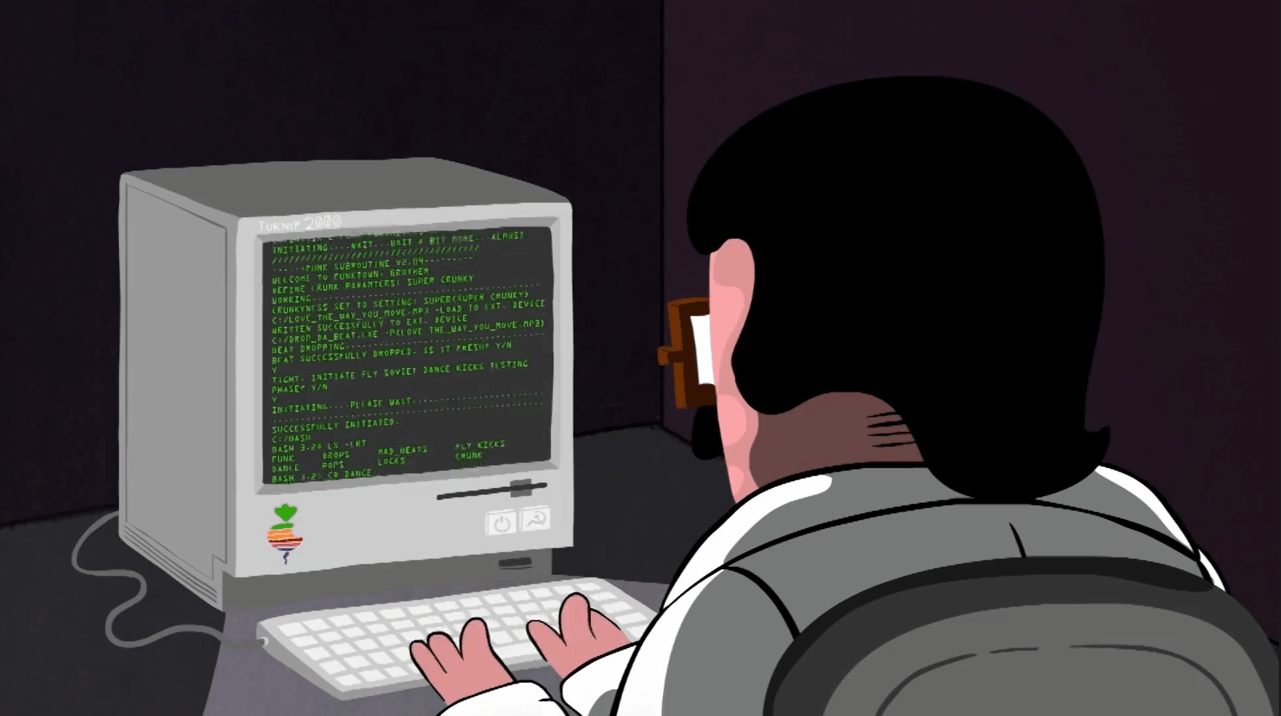
What Are Coding and Programming Used For?
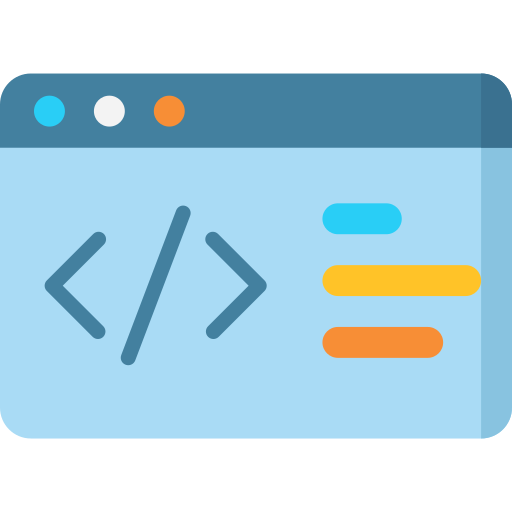
Coding refers to the writing of commands and instructions in a programming language that a computer can understand.
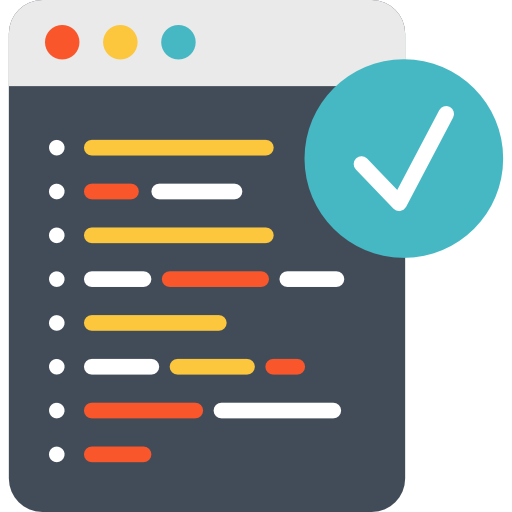
Programming is the process of writing instructions and directing commands to a computer or device using a programming language in order to perform a specific task.
How Does Coding Work?

Coders use the following tools to do their jobs:
Compiler: a computer program that takes lines of code and translates them into "machine language" that a device can understand.
Binary coded signal: a code that writes information in a numeric sequence of two characters (eg 0/1 or true/false).
Assembly language: a low-level programming language that helps a device's hardware understand the instructions contained in binary code.
Here's how the process plays out:
The compilers translate the program into an assembly language.
The coding process then converts the assembly language to binary coded signals.
This establishes communication between the device's hardware and software application.
Quiz
What knowledge is required to be a successful coder? Select all that apply.
How Does Programming Work?
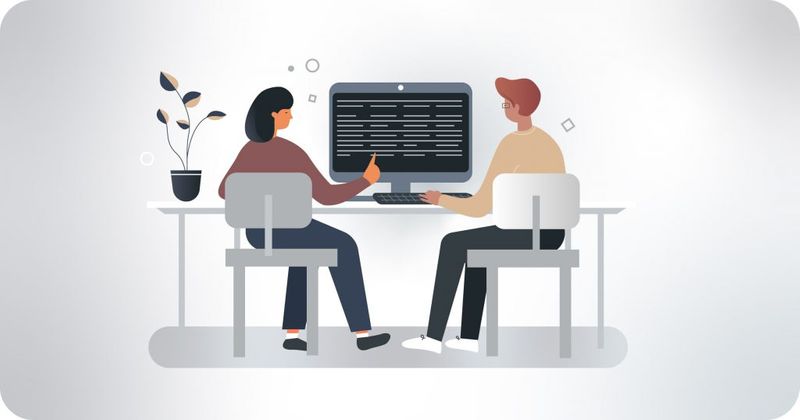
The Software Development Life Cycle (SDLC) is a method software development teams use to plan programming projects. It helps developers:
measure the outcomes of the software development process and make improvements
analyze each step in the process carefully

These are the 7 stages in the process:
Planning
Project managers decide the goals, needs, and costs of the project.
Systems Analysis
The team figures out ways for the software to meet the needs of its end users.
Design
Programmers decide how the software application will operate, including the design of the user experience.
Software Development
This is when the software program itself gets written. A small project may be written by a developer, while a large project may be divided and worked on by several teams.
Software Testing
The team tests the application before releasing it to make sure it works. If the application passes the test, the software is ready to be released.
Software Documentation
The team creates a quick guided tour of the basic features of the application that are shown to the user when they launch the application. A more comprehensive document for the developer is also created.
Software Maintenance
Once the software is released, users report errors that weren't found during the testing stage, so these errors can be fixed by the team.
Quiz
What skills and knowledge do you need be a successful programmer? Select all that apply.
What Are the Benefits of Learning Coding and Programming?
 Photo by Max Duzij on Unsplash
Photo by Max Duzij on UnsplashIt's good for your skills and good for the world!
You can improve skills that help to execute ideas such as problem-solving, logic-building, and creativity.
You can contribute to the development of new and creative software for the advancement of society.
Coding and programming careers also have great earning potential!
In Canada, the average base pay of a coder is $59,000 CAD and $65,000 CAD for a programmer.
In the United States, the average base pay of a coder is $47,000 USD and for a programmer is $73,000 USD.
Quiz
What are some other reasons to become a coder or programmer?
Take Action
Are you ready to learn how to code or program?
Your feedback matters to us.
This Byte helped me better understand the topic.

